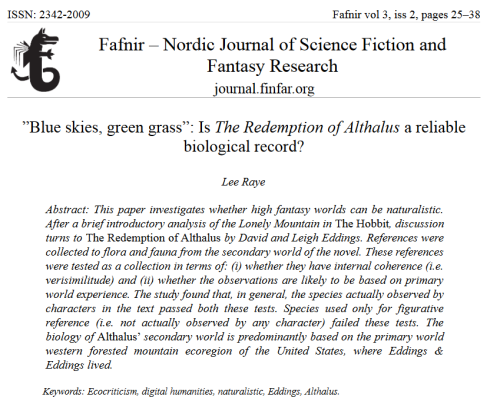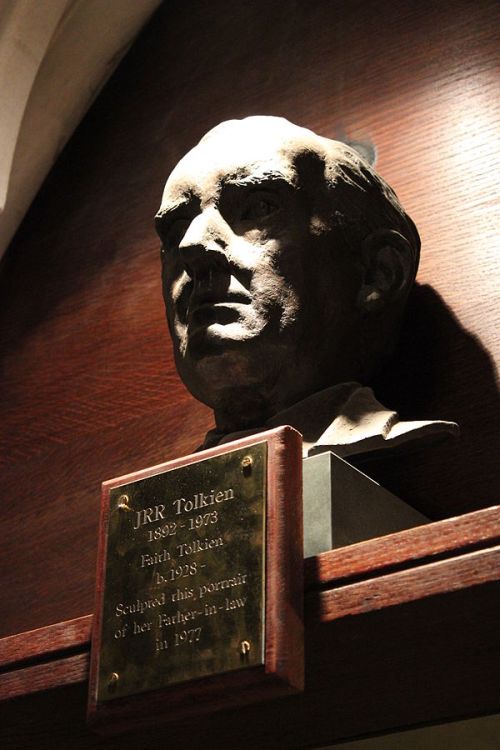
This week’s blog post is on the Age of Empires blog. Click here to go there now.
We have a special sort of text to look at this week… a 21st century one!
This week’s entry, hosted on the Age of Empires blog looks at how accurately sheep are depicted in the computer game.
Species mentioned: Several but most interestingly sheep, (Ovis aries) which are the most frequently exploited animal in Age of Empires.
Source: Age of Empires II, one of the most influential RTS games of all time.
Date of Source: Age of Empires II is a 21st century game, but it’s based on the vague “middle ages”. For the Celts that’s c.550-1650.
Highlights: Although the developers of AoE II seem to have no idea what a medieval sheep looked like, they knew exactly what they were doing when they gave the medieval Celts a bonus with livestock. “Celts” ranging from the heroes of ‘Táin Bó Cúailnge’ to the ballads of the Borderers have specialised in being able to steal livestock from anywhere, no matter how isolated and well-guarded.
Continue reading →






